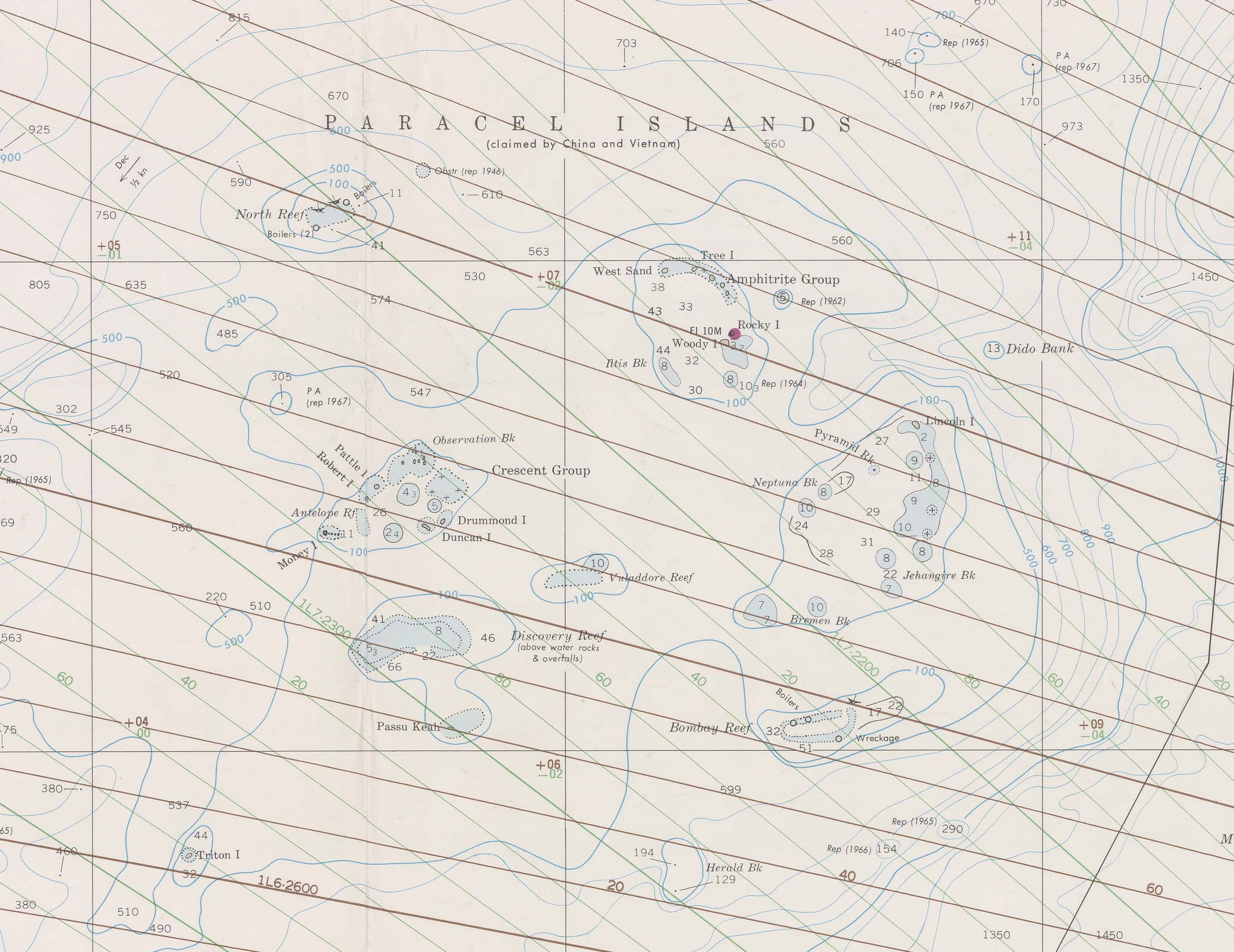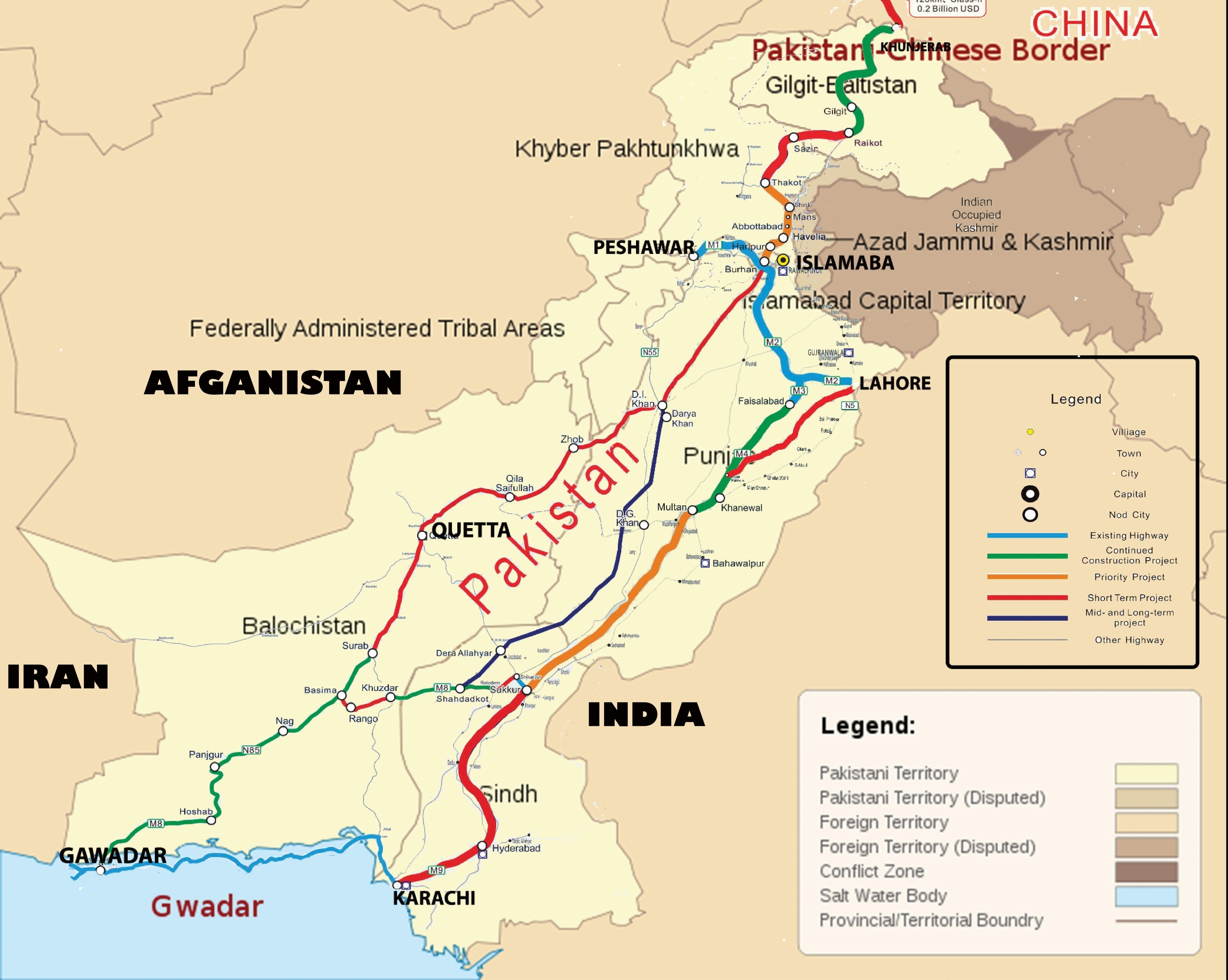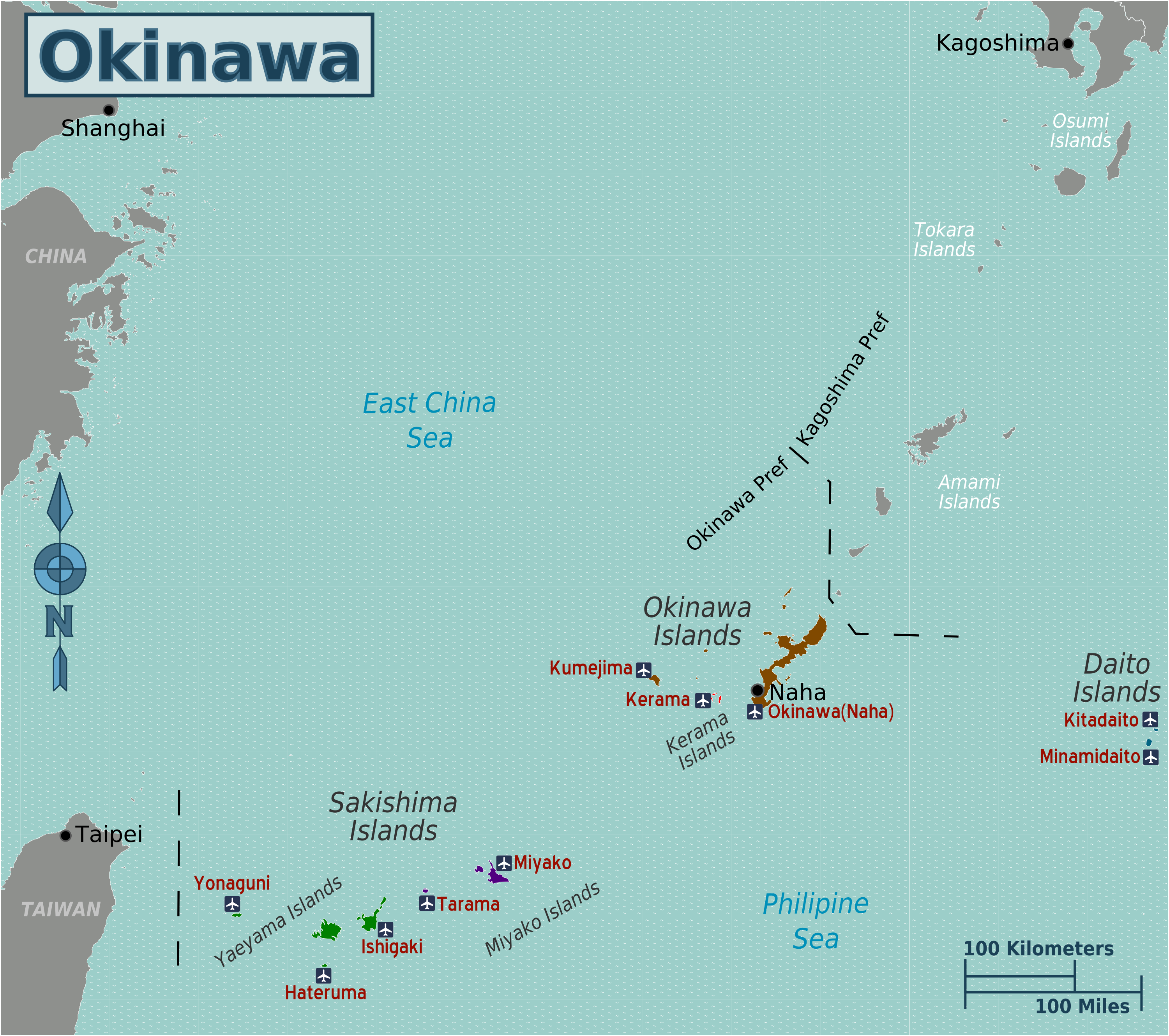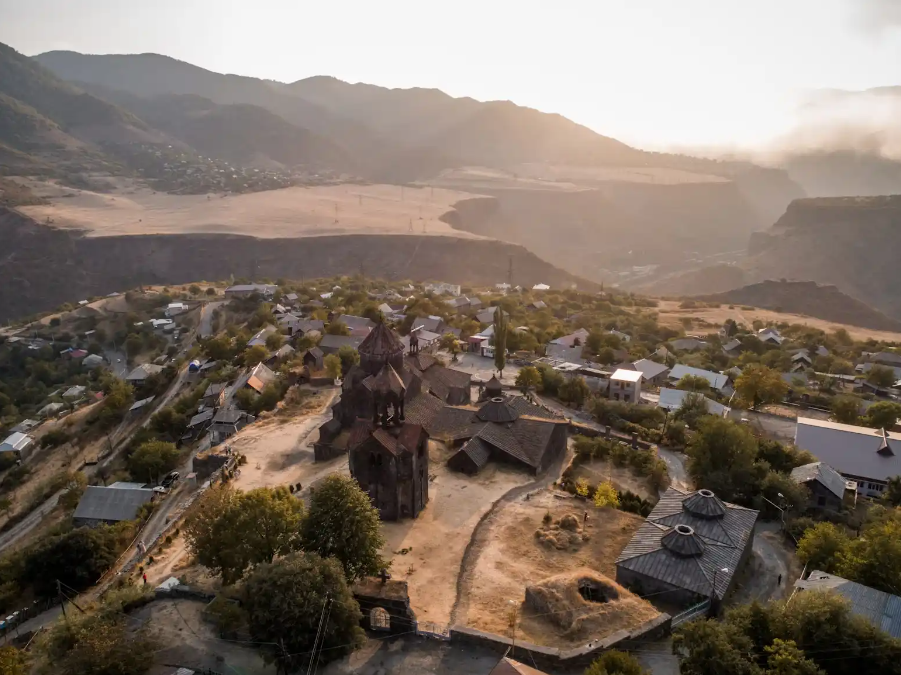“If we do not strengthen our countermeasures against the Marcos government, the Philippines, relying on support of countries outside the region, will only become more arrogant in stirring up trouble.”
On 7 August, China’s People’s Liberation Army (PLA) Southern Theater Command conducted a joint combat patrol in the South China Sea near Huangyan Island. The patrol coincided with a four-nation military exercise conducted by the United States, Canada, Australia, and the Philippines in the same region and aimed to “test the theater troops’ reconnaissance and early warning, rapid mobility, and joint strike capabilities.”[i]
The first excerpted article, published by the Global Times, a Chinese nationalistic tabloid, features Colonel Zhang Junshe, from the Naval Military Academic Research Institute, and Dr. Ding Duo, Deputy Director from China’s Institute of South China Sea Studies.[ii] In the article, Colonel Zhang emphasizes two points. Firstly, the joint combat patrol confidently showcases procedures to include quick threat detection, rapid deployment, control of both sea and air through joint strikes, seize the initiative, and launch further strike operations. Secondly, Colonel Zhang criticizes the coinciding four-nation military exercise as merely symbolic due to the limited number of participating ships.[iii] Colonel Zhang emphasizes that the Philippines involves non-regional countries in the South China Sea to embolden themselves to undertake more “provocative” actions. Dr. Ding Duo continues the rhetoric, accusing the United States of being the biggest external factor disrupting regional stability. He asserts that future multinational exercises will only serve to strengthen China’s determination and commitment to its interest in the region. The second excerpt, published by Direct News, a news agency controlled by the propaganda department of the Chinese Communist Party, features Shi Hong, a frequent special commentator. Shi Hong also places the blame for escalating tensions on the Philippines and the United States.[iv] He strongly advocates the PLA to intensify “countermeasures” against the Philippines as its military continues to participate in joint exercises. The Philippines has emerged as a primary contender against China in the South China Sea, with both sides engaging in multiple hostile confrontations.[v] While China has traditionally used its coast guard to assert its claims in the region, the recent PLA joint combat patrol signals a potentially more aggressive approach aimed at intimidating and demonstrating strength. The timing of this joint combat patrol is clearly intended to send a message of discontent. The trend of patrols may become more frequent, signaling China’s dissatisfaction with the Philippines’ growing collaboration with its allies and partners.[vi]
Sources:
“南部战区位黄岩岛附近海空域组织联合战巡,军事专家:消息中的“三种能力”内涵丰富 (The Southern Theater Command organized a joint combat patrol in the sea and air near Huangyan Island, military experts say the “three capabilities” in the report are rich in meaning),” Global Times (a Chinese tabloid known for reporting international issues from a nationalistic perspective), 7 August 2024. https://hqtime.huanqiu.com/article/4IvXI4qwGPn
The People’s Liberation Army Southern Theater Command announced on the 7th that they conducted a joint combat patrol near Huangyan Island in the South China Sea. This patrol aimed to test the theater troops’ reconnaissance and early warning, rapid mobility, and joint strike capabilities. Experts interviewed by the Global Times noted that these three capabilities demonstrate the PLA’s ability to implement targeted countermeasures against provocative actions.
Colonel Zhang Junshe, a researcher at the Naval Military Academic Research Institute, stated that the PLA’s three key capabilities—reconnaissance and early warning, rapid mobility, and joint strikes—are part of its combat procedures designed to defend national sovereignty, security, and territorial integrity. He explained that these procedures enable the PLA to quickly detect threats, maneuver rapidly, and conduct joint strikes against acts of aggression. This approach allows the PLA to maintain control of sea and air, seize the initiative, and launch further strike operations.
Coincidentally, the Philippines, the United States, Canada, and Australia began a two-day multilateral maritime exercise on the 7th, which was reported as the first joint exercise among these four countries. This marks the third exercise that the Philippines has conducted with non-regional countries within ten days; On July 31st, the Philippine and US navies held a joint maritime exercise in the South China Sea, and on August 2nd, the Philippines and Japan conducted a joint military exercise in the same region.
Dr. Ding Duo, Deputy Director of the Institute of Marine Law and Policy at the China Institute of South China Sea Studies, stated that the Philippines’ continual attempts to involve non-regional countries in joint exercises have only emboldened their confidence for provocative actions in the South China Sea. Dr. Ding Duo firmly believes that not only is the Philippines bringing danger upon itself, but it is also destabilizing ASEAN’s regional stability.
Dr. Ding Duo asserts that the United States is the biggest external factor disrupting regional stability. He criticizes the U.S. for promoting multilateral mechanisms and exhibiting a Cold War mentality against China. Dr. Ding Duo states, ‘The United States does not have many means to intervene in South China Sea affairs. It can only demonstrate deterrence through joint patrols and joint military exercises. However, history and reality have shown that this approach will not affect China; instead, it will only strengthen China’s determination to safeguard its sovereignty, security, and development interests in the South China Sea.”
Furthermore, public reports indicate that the exercises conducted by the Philippines with non-regional countries in the South China Sea are mostly symbolic. In the most recent exercises, very few ships and aircraft were involved. From the Philippines’ perspective, its ships and systems are far behind those of friendly and allied countries, making it unable to effectively carry out its own joint operations. The Philippines hopes that through these multinational exercises, the United States and its allies will support it and increase its confidence in continuing provocative actions. Colonel Zhang Junshe criticizes this approach, stating, ‘ …. the United States and Japan are capable of lending a helping hand to the Philippines, but neither of them is willing enough. They just want the Philippines to charge into battle, and they will not participate in it themselves.’
“解放军联合战巡南海 这一次在黄岩岛附近 (The PLA South China Sea joint patrol is near the Huangyan Island),” Direct News (news agency controlled by the propaganda department of the Chinese Communist Party), 7 August 2024. https://baijiahao.baidu.com/s?id=1806726604086346646&wfr=spider&for=pc
On August 7th, the Southern Theater Command of the People’s Liberation Army organized a joint combat patrol in the sea and airspace near Huangyan Island in the South China Sea to test the theater troops’ reconnaissance and early warning, rapid mobility, and joint strike capabilities. The Southern Theater Command stated that “all military activities that disrupt the South China Sea, create hotspots, and undermine regional peace and stability are under control.”
Shi Hong, a special commentator for Zhi News (Direct News), states that this joint combat patrol serves as a deterrent signal. He notes that the Philippines is frequently disrupting regional stability in the South China Sea and has actively involved non-regional countries to further destabilize the region. The four-nation exercise involving the Philippines, the United States, Canada, and Australia is the Philippines’ third naval exercise with non-regional countries in ten days.
“If we do not intensify our countermeasures against the Marcos government of the Philippines, the Philippines, relying on support from non-regional countries, will become more arrogant in destabilizing the region,” Shi Hong said. “Now the PLA Southern Theater Command is organizing its own joint patrols near Huangyan Island in the South China Sea, which serves as a strong warning to the Philippines and its allies. If they interfere in the South China Sea and challenge China’s sovereignty and territorial integrity, the PLA is fully capable of defeating all provocations.”
Notes:
[i] To read the official statement on the joint combat patrol released by China’s Southern Theater Command, see their official Weibo post, Weibo, 7 August 2024. https://m.weibo.cn/u/7468777622?jumpfrom=weibocom
[ii] To watch the Global Times report on the joint combat patrol, see Global Times’ official Baidu post, Baidu, 8 August 2024. https://haokan.baidu.com/v?vid=10881733893047848551
[iii] The four-nation exercise involving the US, Australia, Canada, and the Philippines included only four ships, with Australia contributing a single Boeing Poseidon reconnaissance aircraft, Asian News Network (news coalition organization headquartered in Singapore), 8 August 2024. https://asianews.network/philippines-starts-4-nation-naval-drills-with-us-australia-canada/
[iv] To watch a clip of special commentator Shi Hong briefly outlining his points, see Direct News’ video post, Direct News, 08 August 2024. https://haokan.baidu.com/v?vid=2234121559770488262&collection_id=
[v] Nectar Gan and Kathleen Magramo “‘Only pirates do this’: Philippines accuses China of using bladed weapons in major South China Sea escalation,” CNN, 20 June 2024. https://www.cnn.com/2024/06/20/asia/philippines-footage-south-china-sea-clash-china-intl-hnk/index.html
[vi] Agence France-Presse, “China launches air, sea patrols near flashpoint reef as US holds joint drills,” VOA, 7 August 2024. https://www.voanews.com/a/china-launches-air-sea-patrols-near-flashpoint-scarborough-shoal/7733012.html
Image Information:
Image: This photo, taken on 12 May 2024, shows Chinese Coast Guard vessels training in the waters near Huangyan Island.
Source: httpswww.chinadaily.com.cna20240516WS66455301a31082fc043c7542_2.html
Attribution: CCA-SA 4.0 Intl.







